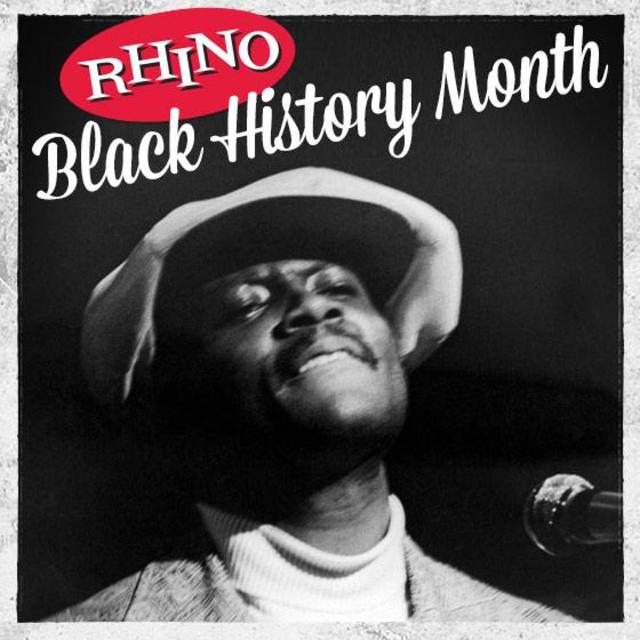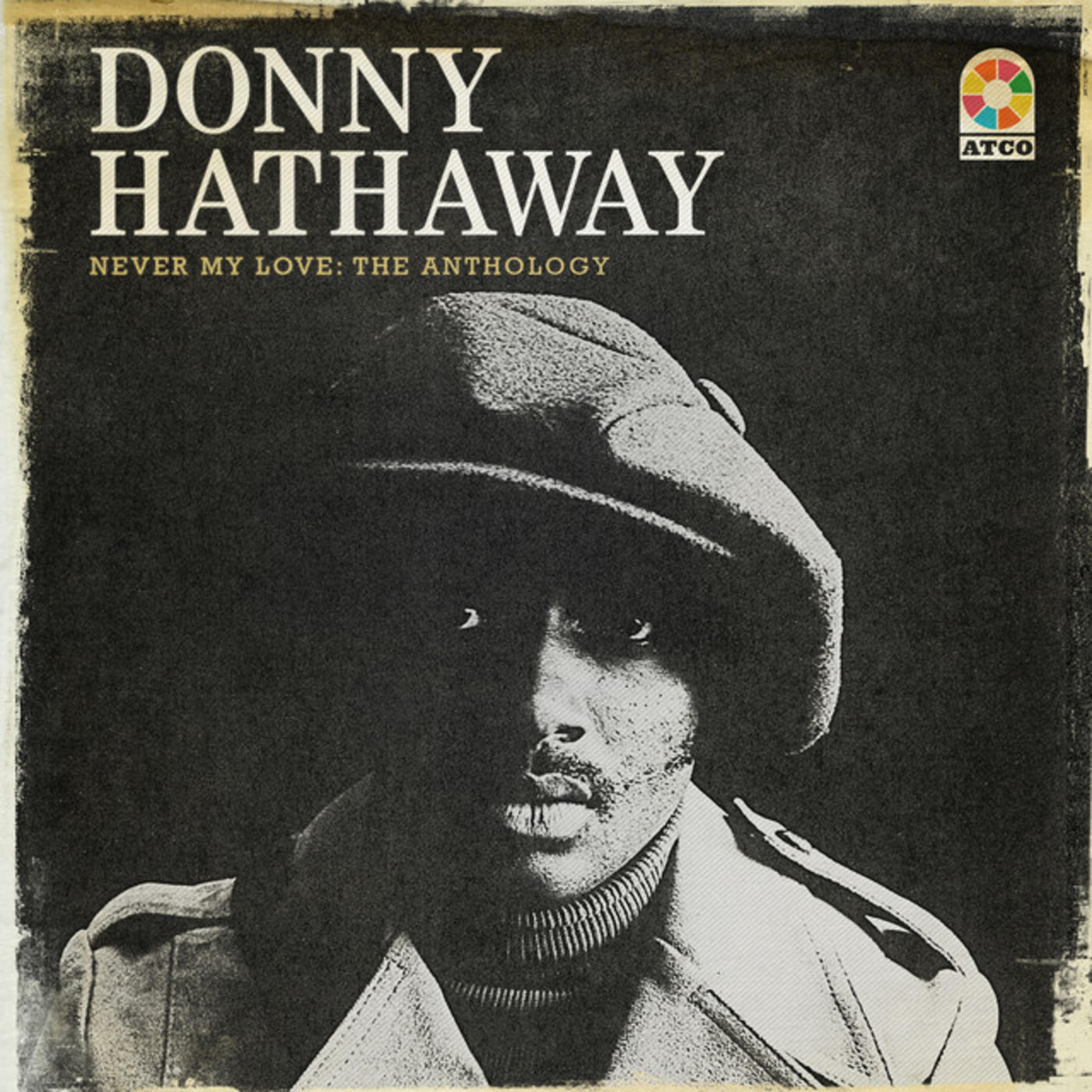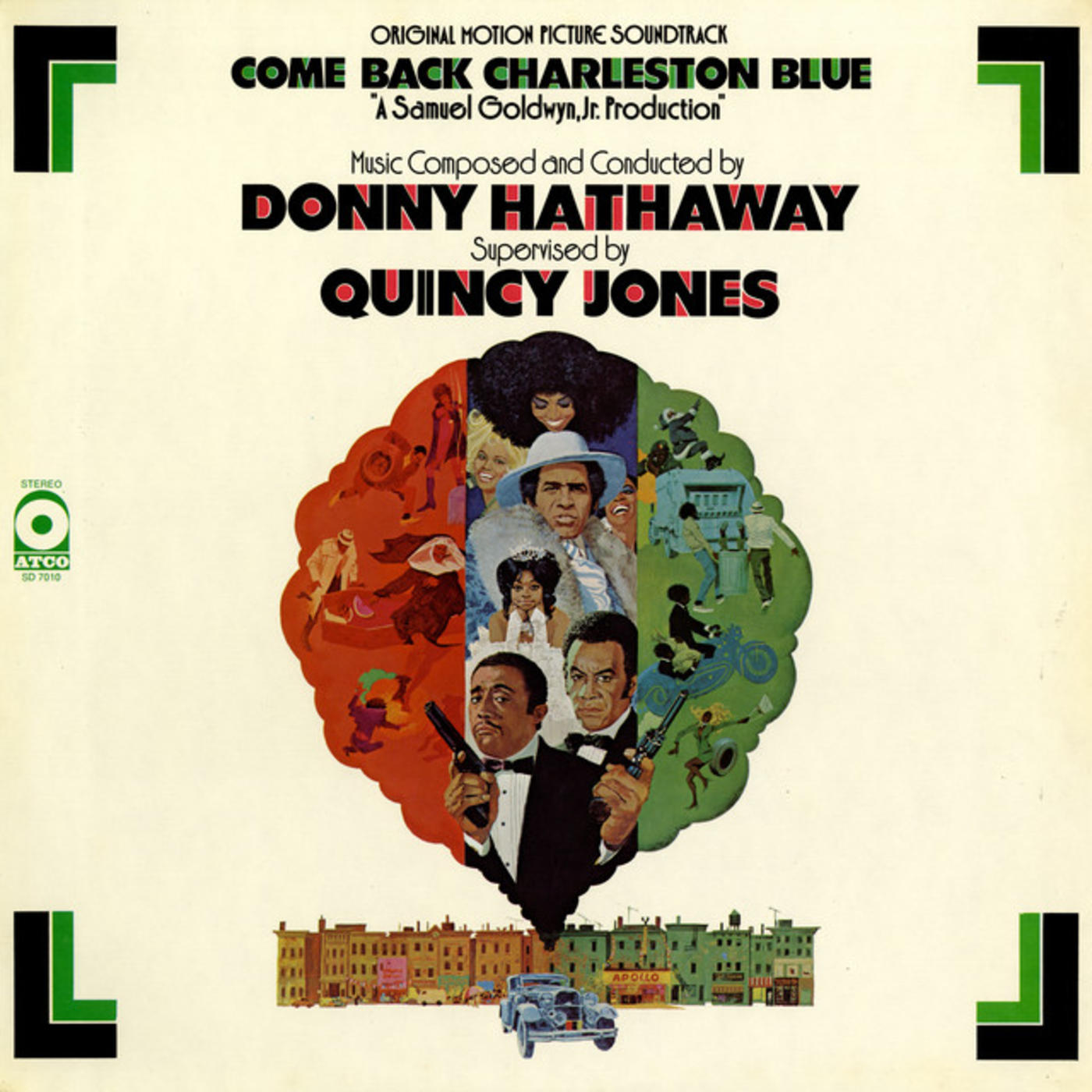Rhino Black History Month: Donny Hathaway

A few days ago, we paid tribute to Roberta Flack. Today, we’re shining the spotlight on her most successful duet partner. The most depressing difference between them: his story has an ending, one which came far too soon and wasn’t nearly as happy as it should’ve been.
Born in Chicago on October 1, 1945, Donny Hathaway was already on the road to his career in music by the age of three, when he started singing in the church choir with his gospel-singing grandmother, Martha Pitts. In short order, Hathaway began to accompany his grandmother on tour, billed as “Donny Pitts, the Nation’s Youngest Gospel Singer,” and after graduating from high school, he continued to hone his craft by attending Howard University, where he studied music on a fine-arts scholarship and – perhaps more importantly – where he first met his future collaborator, Ms. Flack.
Although Hathaway never graduated from Howard, it’s reasonable to presume that he felt like he didn’t need to, given that he’d already started receiving job offers in the music business before ever withdrawing from school. After making his way behind the scenes as a songwriter, session musician, and producer, working with – among others – Jerry Butler, Aretha Franklin, and Curtis Mayfield – Hathaway released his first single, “Thank You” (a duet with June Conquest), in 1969, which made it to #45 on the U.S. R&B charts, and followed it with his debut album, Everything is Everything, in 1970, which earned him a minor pop hit with “The Ghetto – Pt. 1” (#87).
The turning point for Hathaway’s career came with 1972’s Roberta Flack & Donnie Hathaway album, which established the duo’s chemistry and provided them with their first top-40 hit (“You’ve Got a Friend”), which was followed by a second entry into the Hot 100 (“You’ve Lost That Lovin’ Feelin’,” which topped out at #71). Although Hathaway never managed to earn a top-40 hit on his own – the closest he got was #44, with his 1973 single “Love, Love, Love” – he and Flack continued to make beautiful music together, taking two songs into the top 10: 1972’s “Where Is the Love” (#5) and 1978’s “The Closer I Get to You” (#2).
Between those hits, however, Hathaway had his problems. Despite the success in his professional life, his personal life found him dealing with what initially appeared to be mere depression but was ultimately diagnosed as paranoid schizophrenia. While Hathaway took medication in an effort to combat his condition, his wife, Eulaulah, and his daughter, Donnita, both confirmed in the TV One documentary series UnSung that he was less than consistent when it came to following his prescriptions, causing behavior which led to a rift between him and Flack.
Although Hathaway and Flack reconciled in 1978 and, in the wake of the success of “The Closer I Get to You,” returned to the studio to record a new studio album, his behavior became irrational during a session on January 13, 1979, resulting in the cancelation of the day’s efforts. Later that evening, Hathaway was found dead on the sidewalk outside the Essex House hotel in New York City, having fallen from a 15th-floor balcony. Rumors circulated that the death had occurred under suspicious circumstances, but investigators ultimately deemed Hathaway’s demise to be a suicide.
Donnie Hathaway may have only been 33 years old when he died, but his musical legacy lingers on, most recently through the four-disc set, Never My Love: The Anthology. Give it a spin. It won’t take you long to realize why he’s viewed as an R&B legend.


